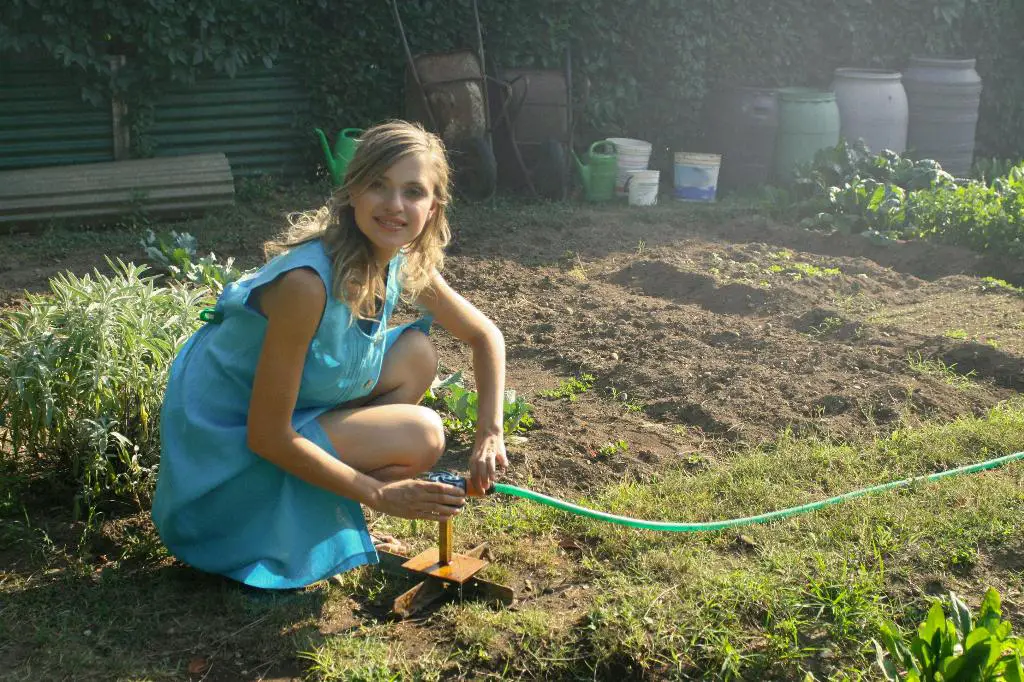When it comes to landscaping with river rocks, one crucial decision you’ll have to make is selecting the right size of rocks for your project. The size of river rocks you choose can greatly impact the overall look and feel of your landscaping design. Let’s delve into the factors to consider when deciding on the optimal river rock size for your landscaping needs.
1. Utilizing 3/4 Inch River Rocks
3/4 inch river rocks are ideal for landscaping projects where a finer texture is desired. These smaller rocks work exceptionally well for mulching flowerbeds, creating intricate accents, or even lining garden pathways. Their compact size allows for a smoother finish and less scattering compared to larger gravel.
2. Benefits of 1 to 2 Inch River Rocks
On the other hand, if you’re looking to add a bold statement piece to your landscaping, consider using 1 to 2 inch river rocks. These larger, heavier rocks are perfect for creating standout features such as walkways, focal points, or garden borders. Their substantial size adds depth and visual interest to your outdoor space.
3. Factors to Consider When Choosing River Rock Size
Before making your final decision on the size of river rocks for your landscaping project, take into account the specific area you’ll be covering. Consider the scale of the space, the existing elements in your garden, and the overall aesthetic you wish to achieve. Each size of river rock offers its unique advantages depending on the context.
4. Creating a Pathway with Medium-Sized River Rocks
If you’re planning to construct a pathway in your garden, medium-sized river rocks, ranging from 3/4 inch to 2 inches, can be an excellent choice. These rocks provide a sturdy and visually appealing surface for pathways that blend seamlessly with the surrounding landscape. They offer a natural look while ensuring durability.
5. Blending Different River Rock Sizes
For a more dynamic and textured landscaping design, consider combining various sizes of river rocks. Mixing smaller and larger river rocks can create a visually interesting contrast and add depth to your outdoor space. Experiment with different combinations to find the perfect balance for your specific project.
6. Enhancing Water Features with River Rocks
When incorporating river rocks around water features such as ponds, fountains, or streams, opt for larger-sized rocks to prevent them from being washed away. The weight and size of the rocks play a crucial role in stabilizing the banks and edges of water elements, while adding a natural touch to the setting.
7. Achieving a Balanced Look
While larger river rocks offer a more prominent presence, smaller rocks contribute to a finer texture and smoother finish. To achieve a well-balanced landscaping design, consider the overall composition and distribution of rock sizes throughout your garden. A harmonious blend of sizes can create a cohesive and visually appealing outdoor space.
8. Optimal Size for Erosion Control
For landscaping projects that require erosion control, larger river rocks are often recommended. Their size and weight help stabilize soil and prevent erosion in sloped areas or regions prone to runoff. By strategically placing larger rocks in key locations, you can effectively combat soil erosion while enhancing the aesthetics of your landscape.
9. Maximizing Drainage with River Rocks
Another significant benefit of using river rocks in landscaping is their ability to improve drainage in garden beds or areas with poor water flow. Medium to large-sized river rocks allow water to permeate the soil more effectively, preventing waterlogging and promoting healthy plant growth. Consider the drainage needs of your landscape when choosing the appropriate rock size.
10. Versatility of River Rocks in Landscaping
Whether you’re looking to enhance the aesthetics of your garden, create functional pathways, or address specific landscaping challenges, river rocks offer a versatile solution. Their range of sizes provides flexibility in design, allowing you to customize your outdoor space according to your preferences and needs.
11. Final Considerations for Choosing River Rock Size
Before finalizing your decision on the size of river rocks for your landscaping project, consider the maintenance requirements, overall cost, and long-term durability of the rocks. Additionally, factor in the existing elements in your garden and how the chosen rock size will complement the overall landscape design.
12. Conclusion
In conclusion, the best size of river rocks for landscaping ultimately depends on the specific requirements of your project and the desired aesthetic outcome. Whether you opt for smaller rocks for a refined look or larger rocks for a more dramatic effect, the key is to carefully assess your landscaping needs and choose the size that best suits your vision. With the right selection of river rock sizes, you can transform your outdoor space into a captivating and harmonious garden oasis.

